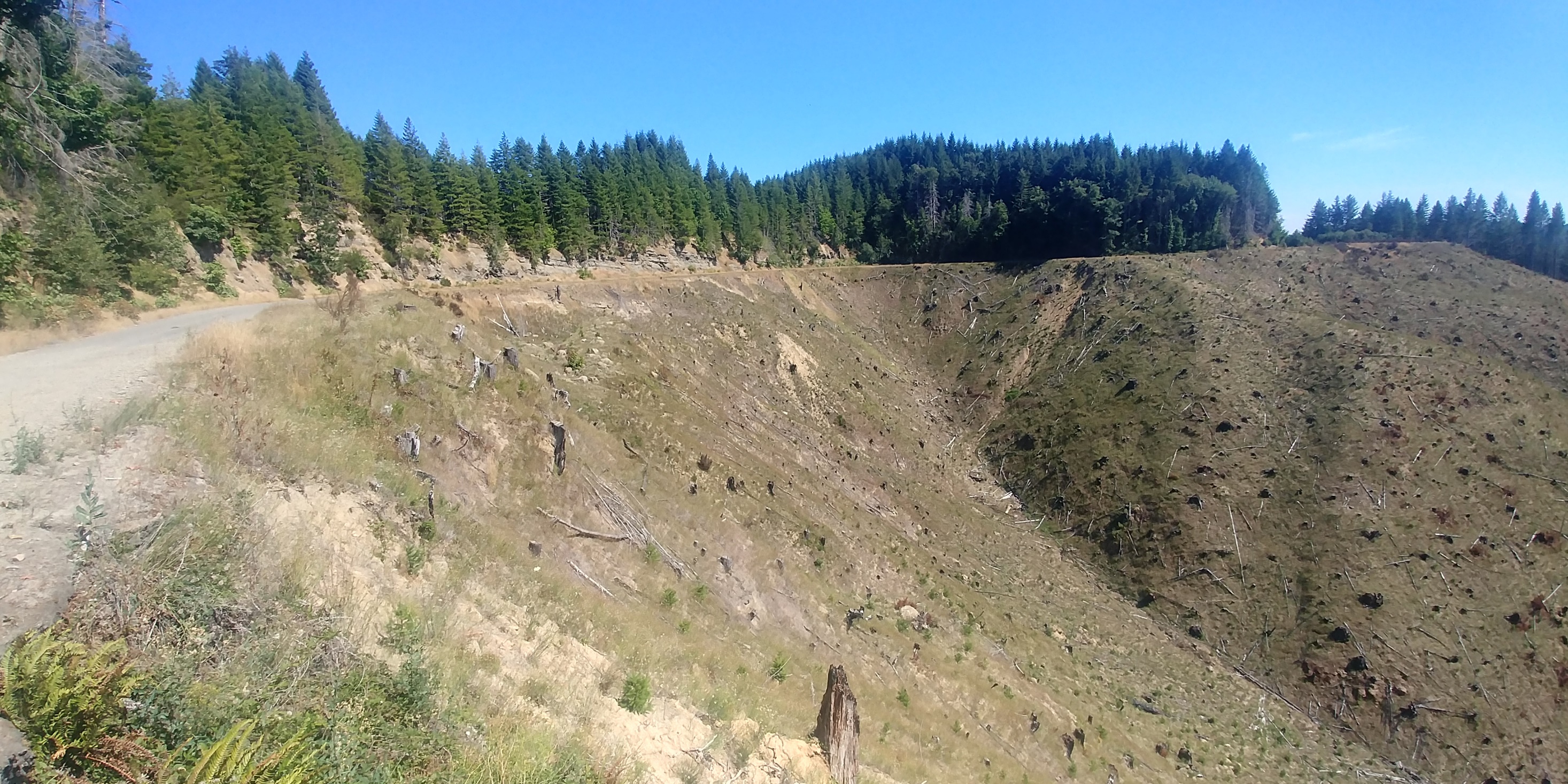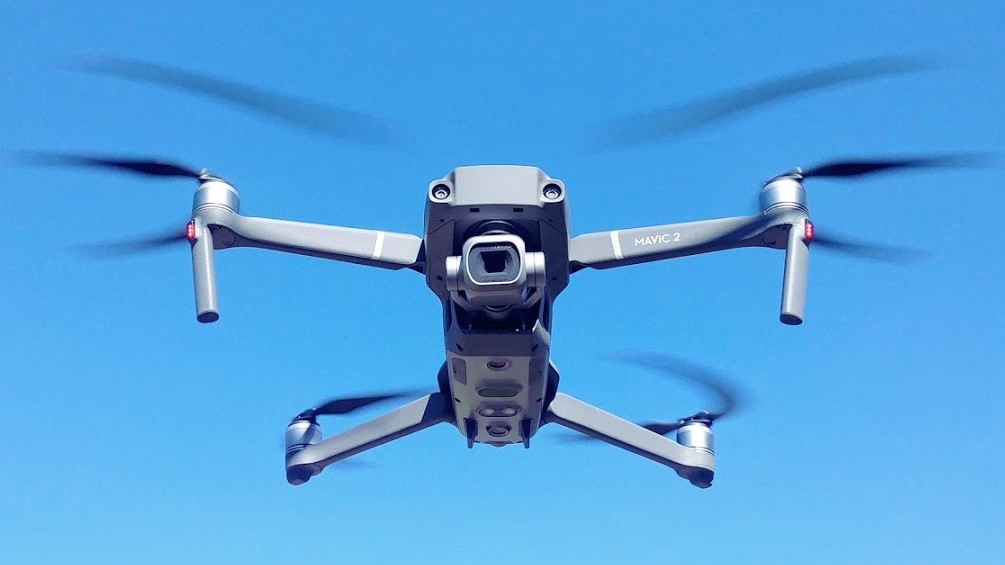Hello. My name is Justin.
I'm a geologist. A map maker. A data analyzer. A remote pilot. A tinkerer. A creator. A devotee of the natural world. I'm an Oregon native who has explored the geology of every corner of the state. I'm a technology enthusiast who is constantly exploring how the cutting edge can increase our scientific understanding. I am a person who thrives on sharing knowledge. Who wants to learn and pass that learning on to others. Who believes that information is capital and should be available to all who seek it. I'm a technologist. An earth scientist who is excited about the ways that innovative technology can be used to expand our understanding and knowledge.







